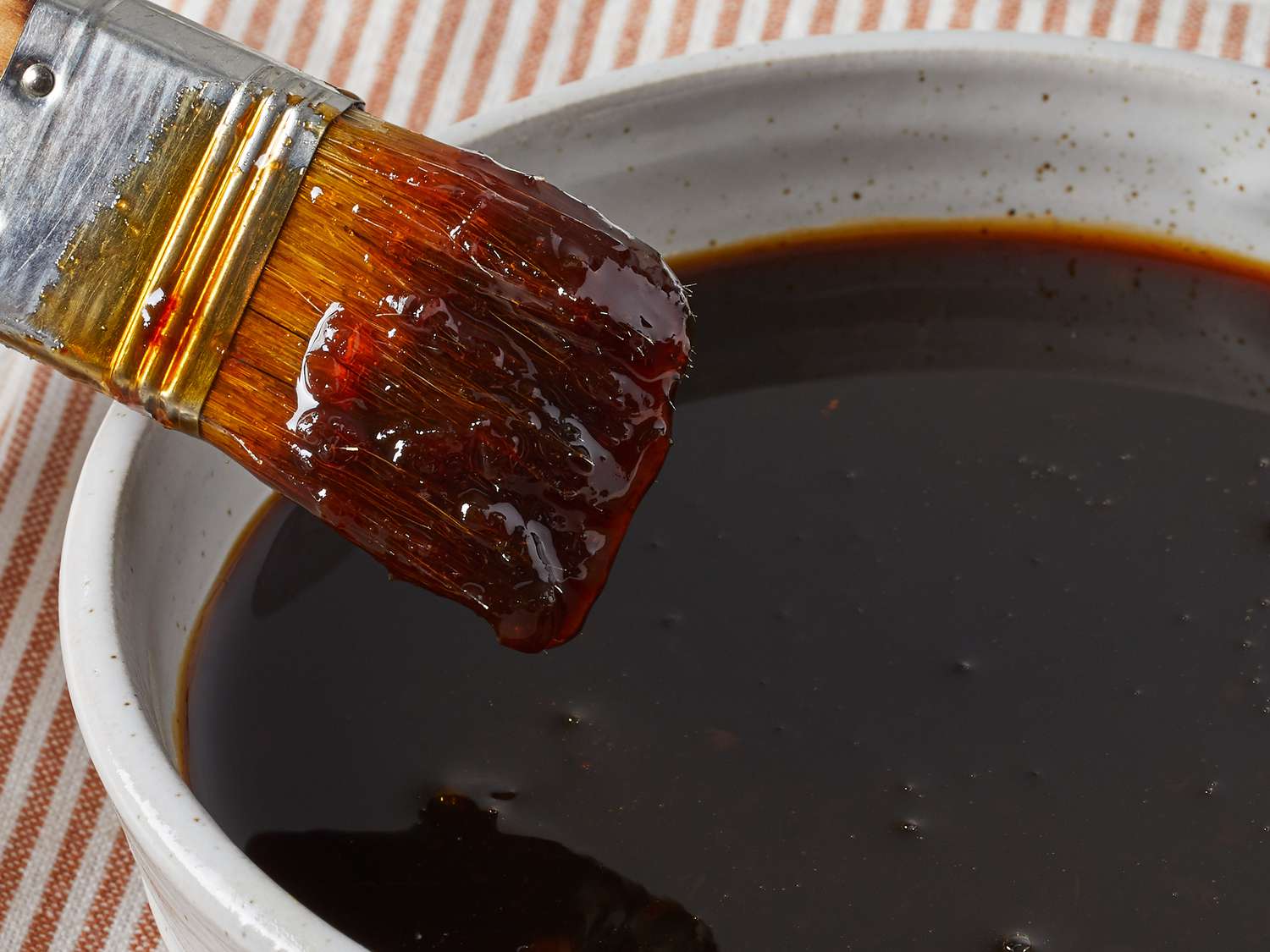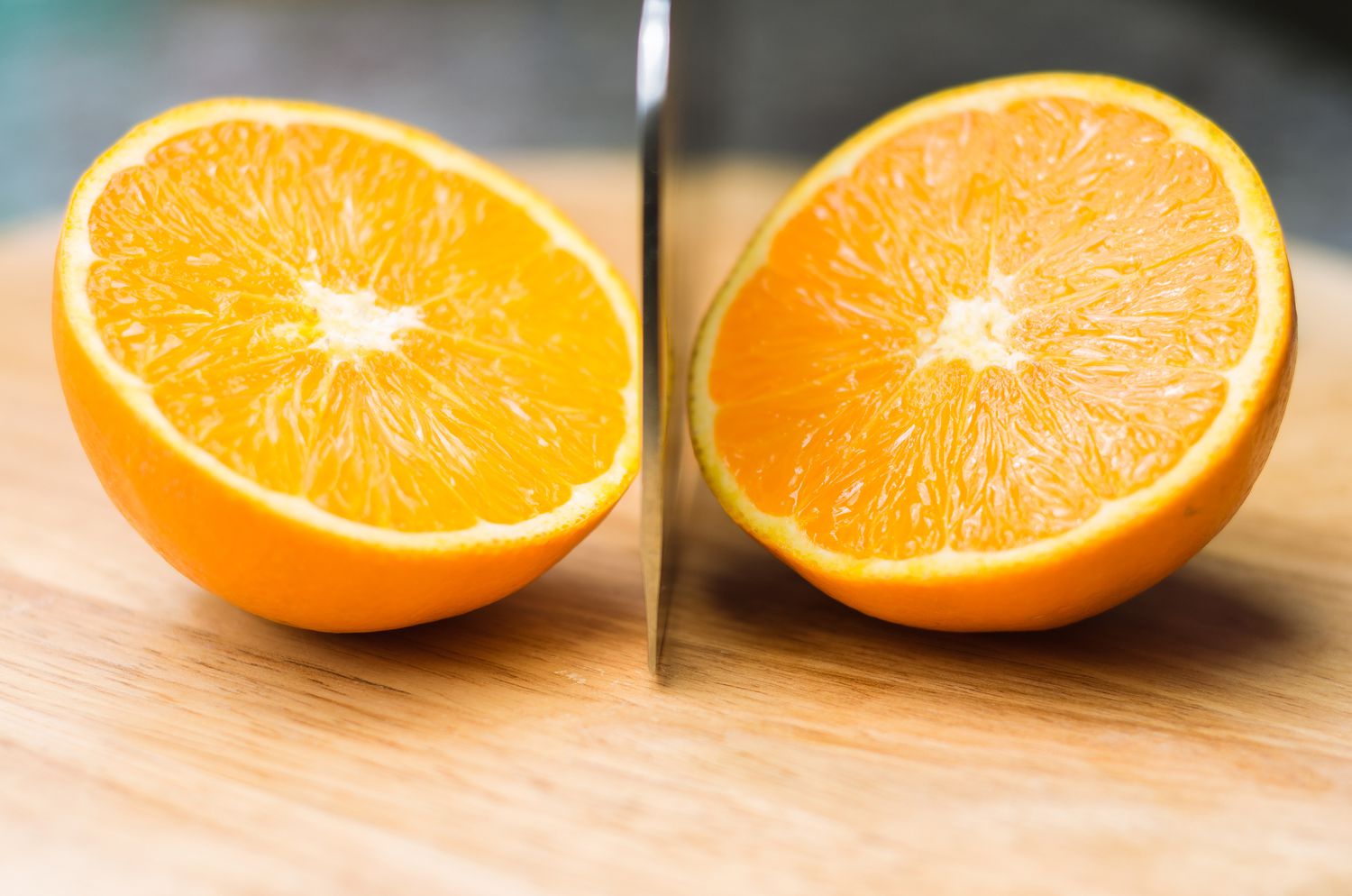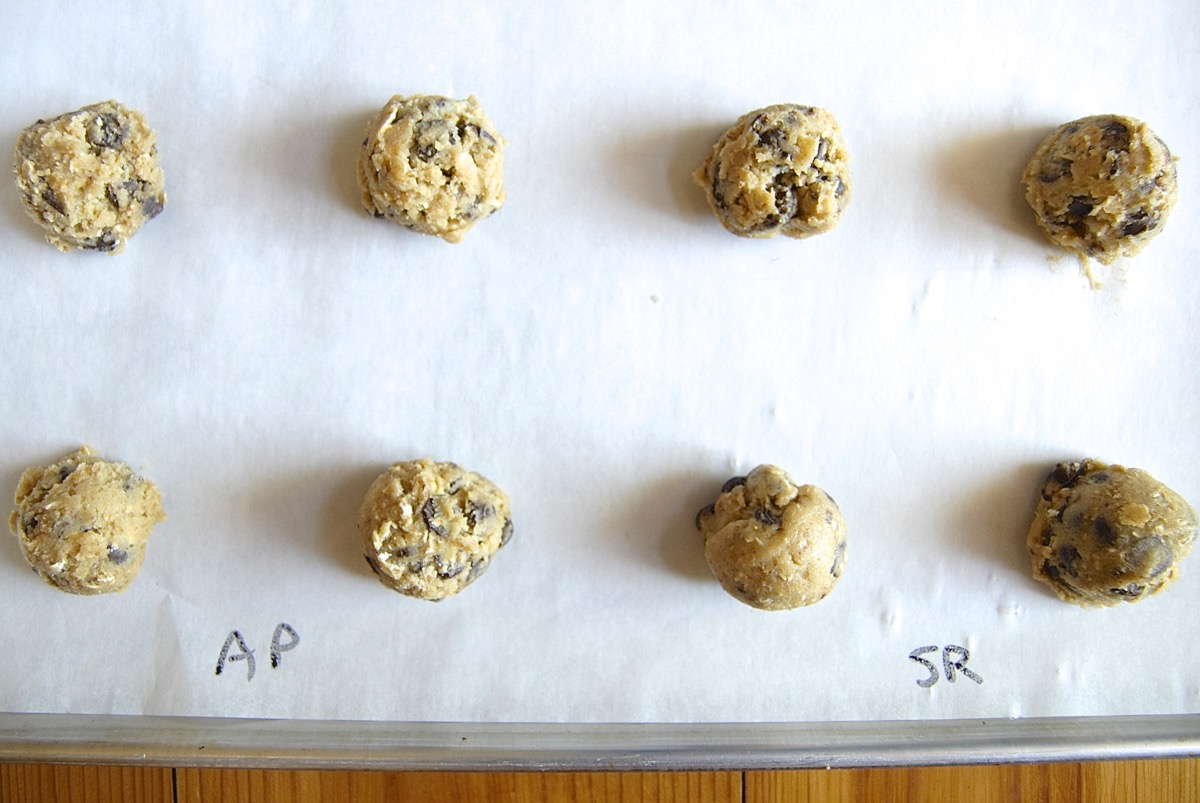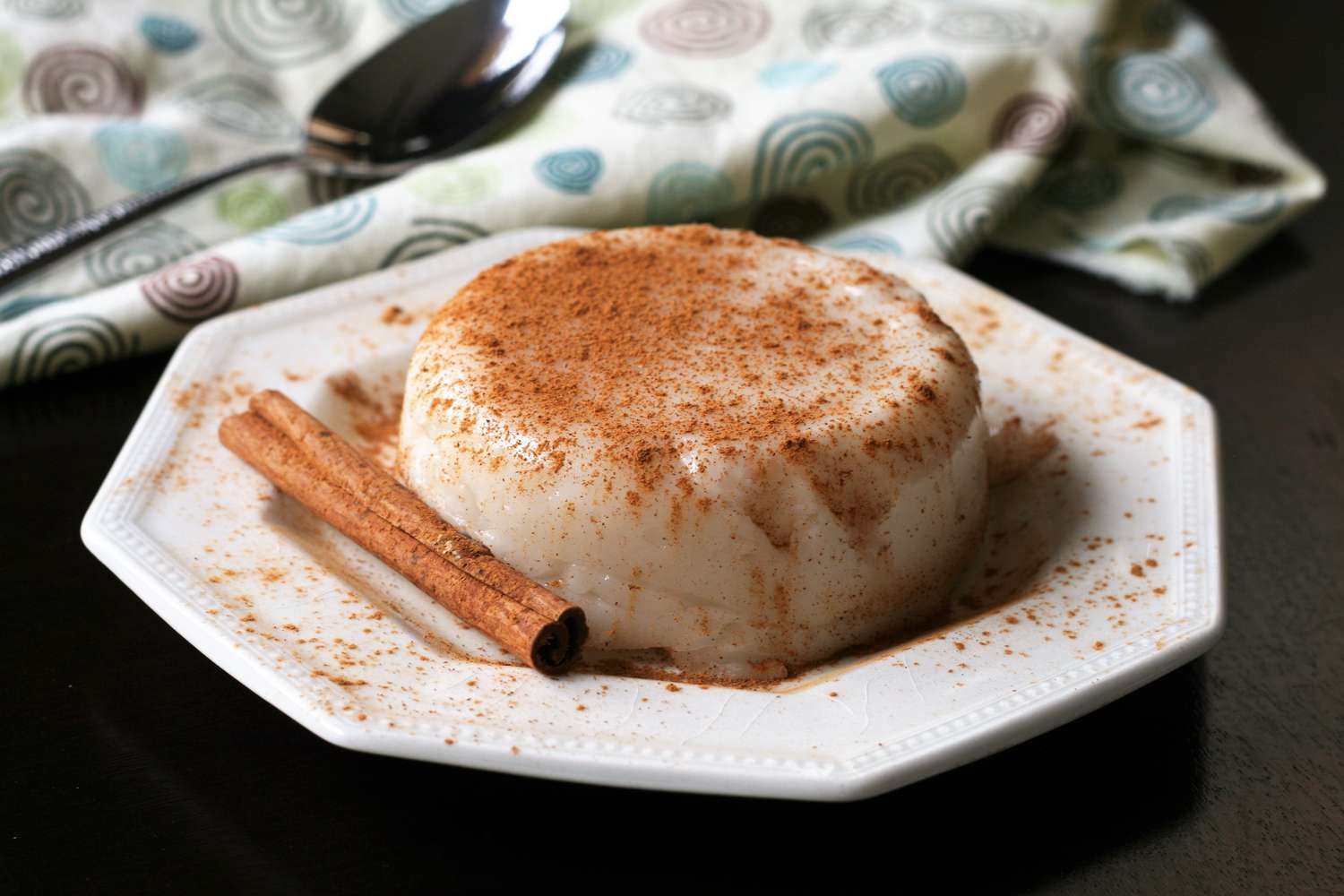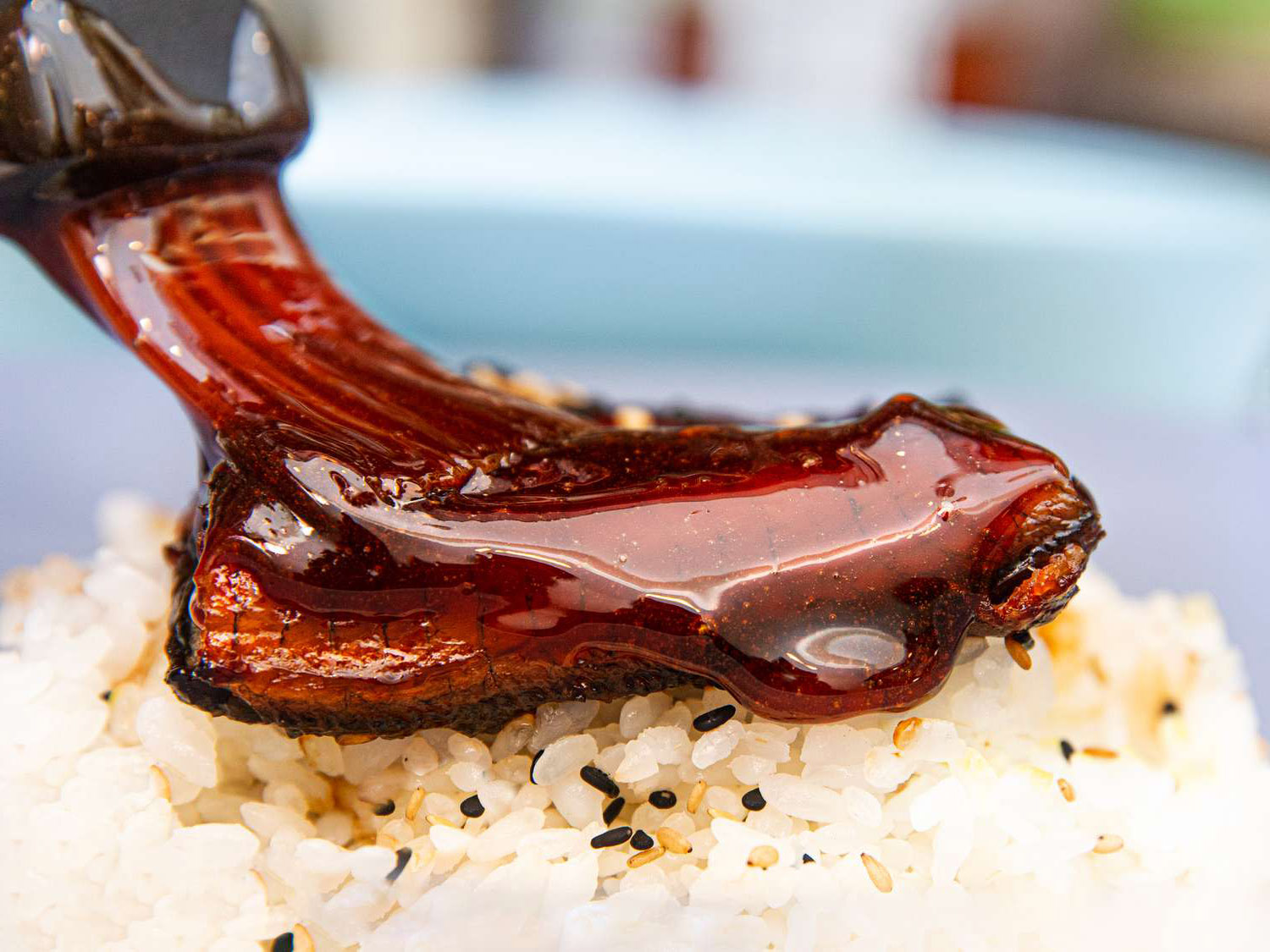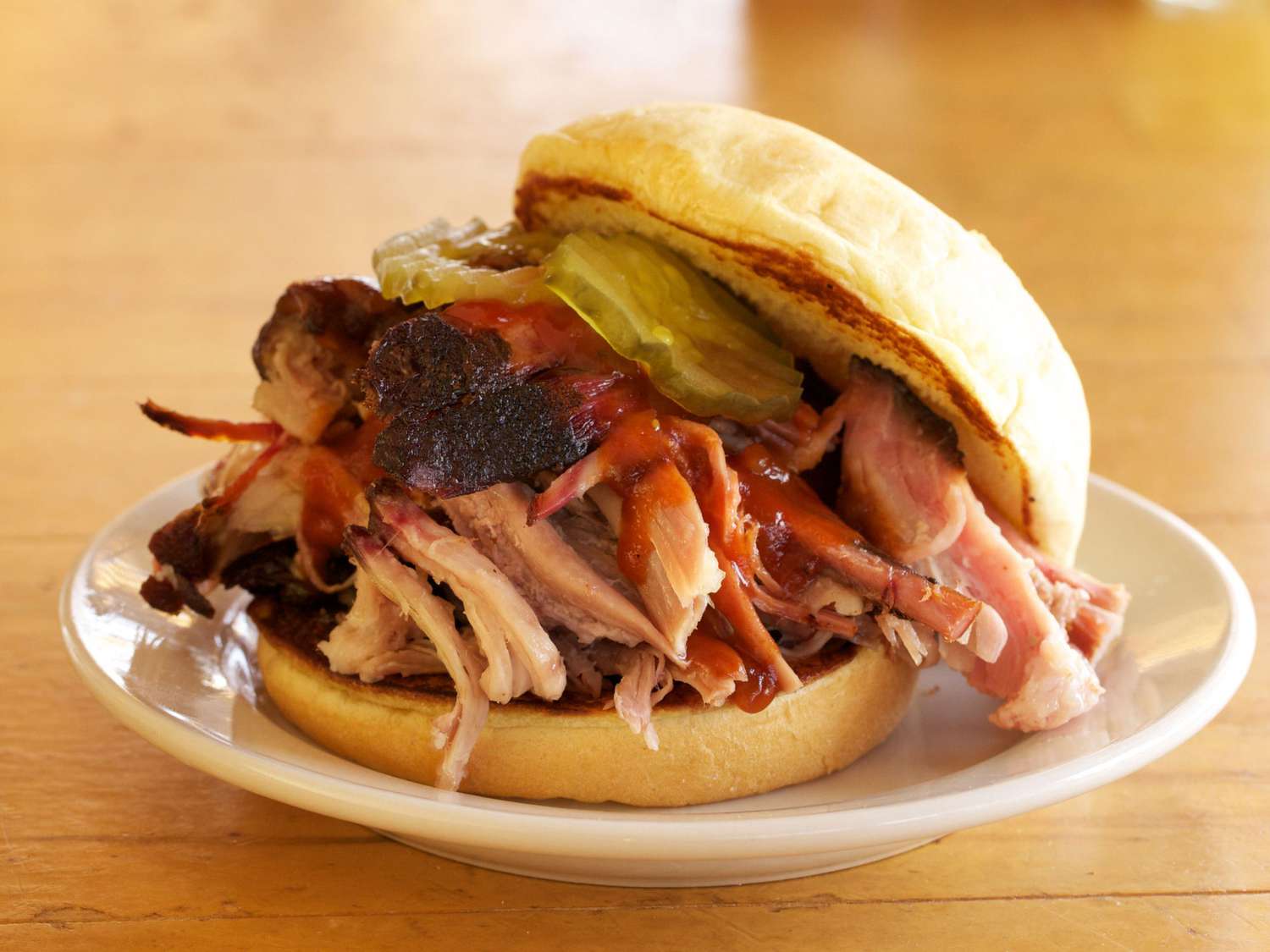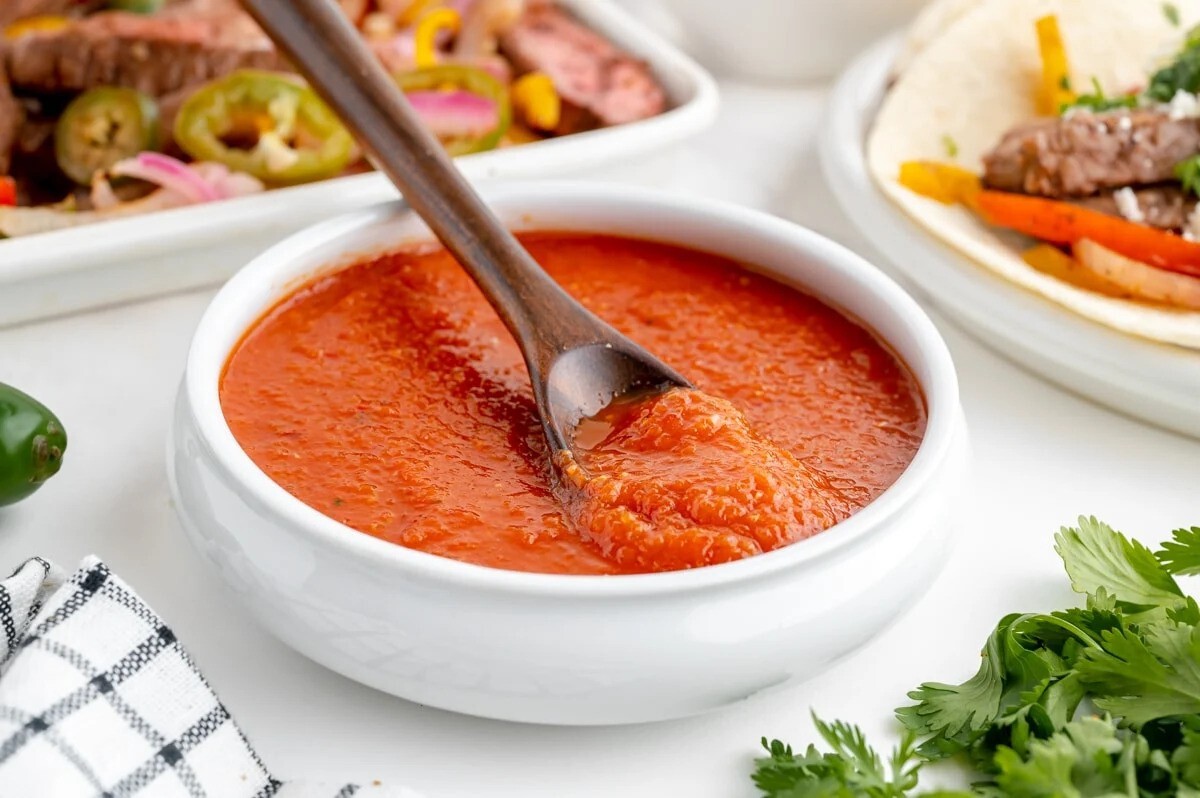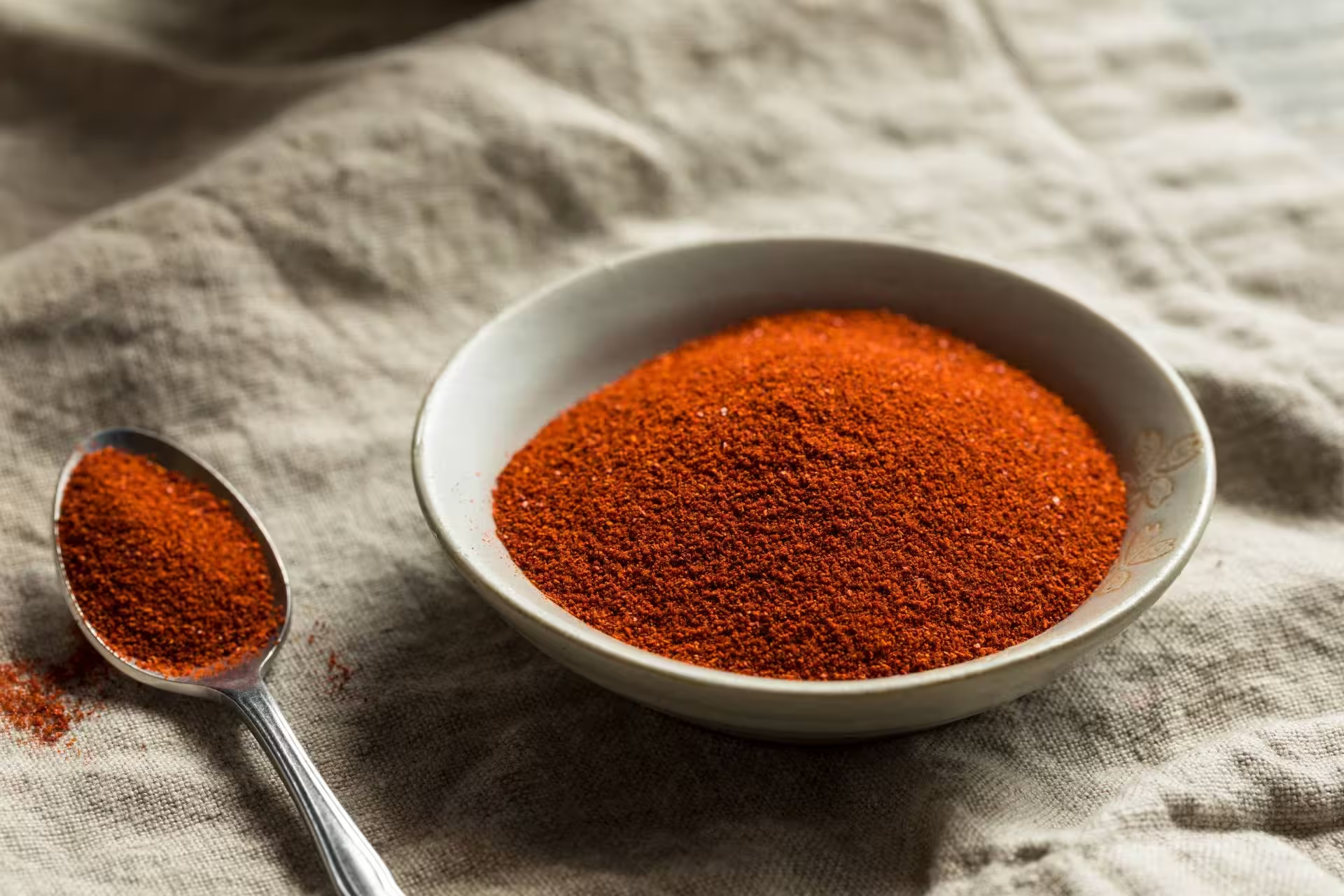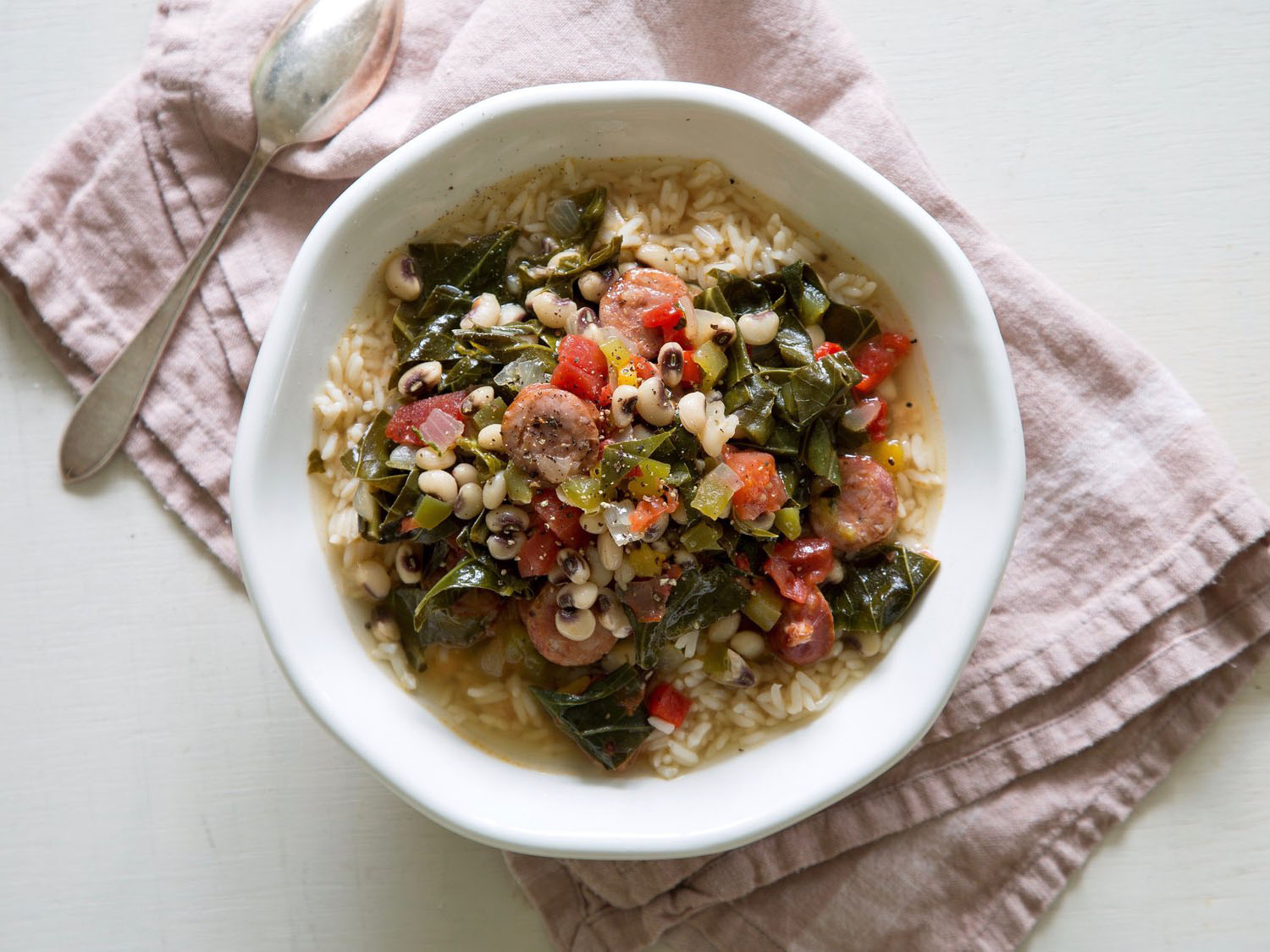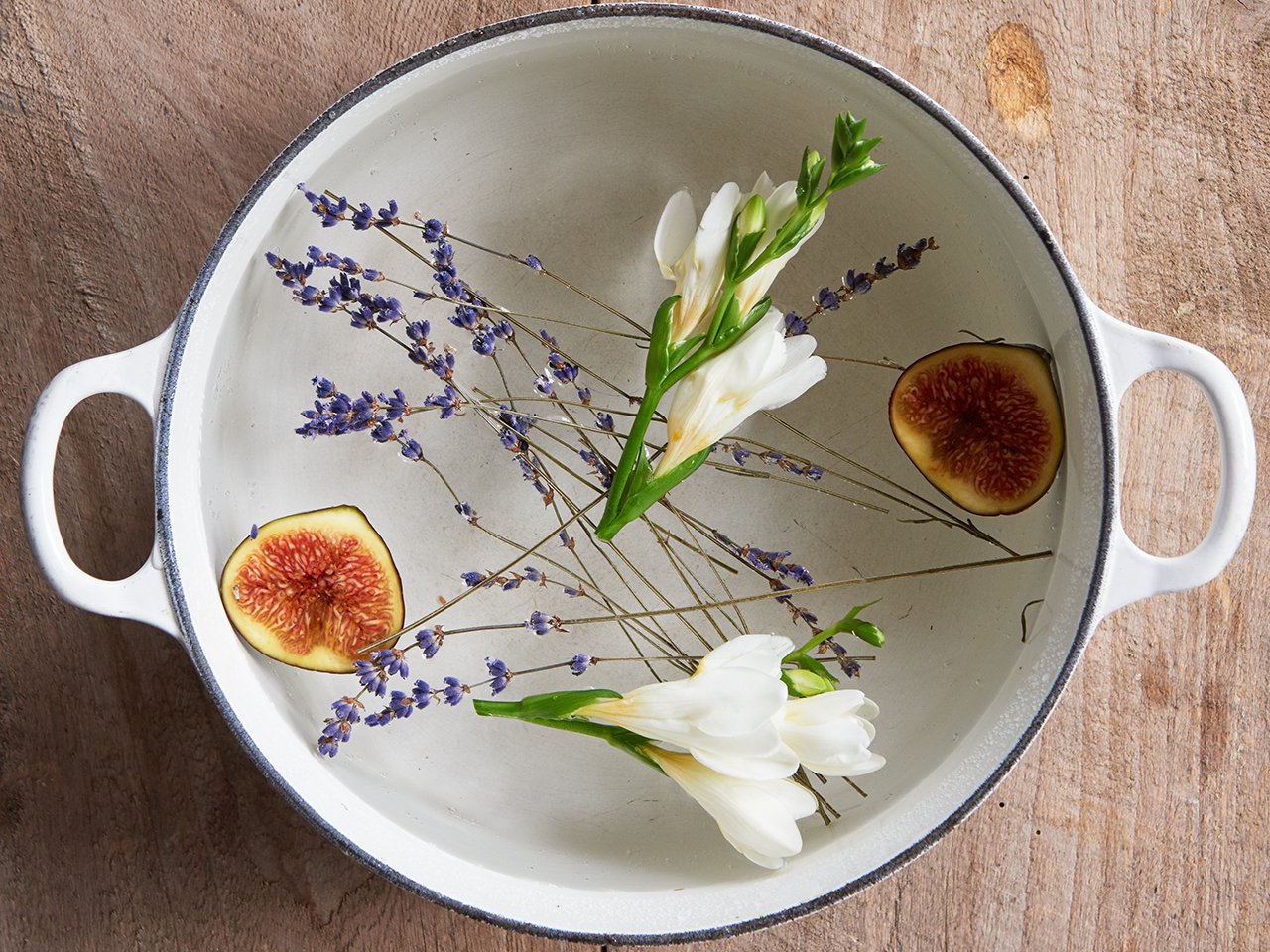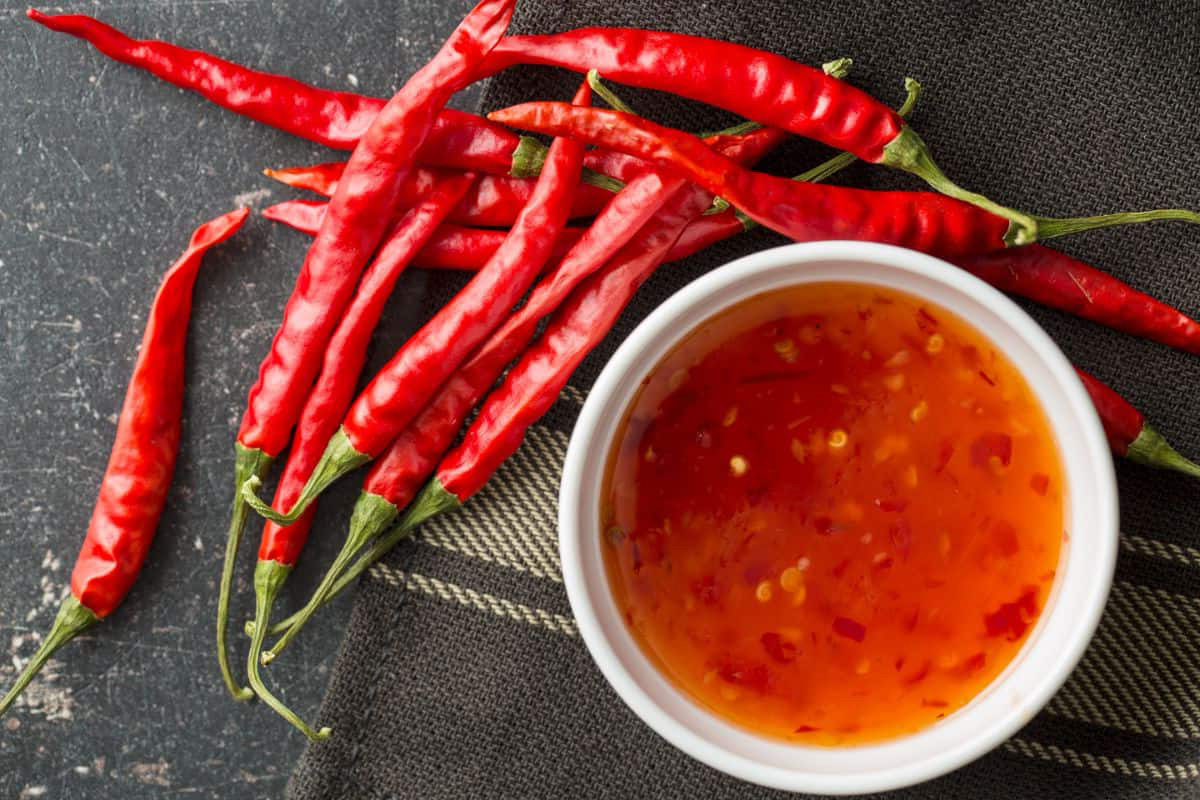Discovering the Delightful Galangal
Have you ever come across a recipe that calls for galangal and wondered what it is? Well, you’re not alone! Galangal is a root that is widely used in Southeast Asian cuisine, known for its unique flavor and medicinal properties. Let’s delve into the world of galangal and uncover what makes it so special.
What is Galangal?
Galangal is a rhizome, similar to ginger, and belongs to the ginger family. It has a tough, brown skin and a pale, creamy flesh. There are two main types of galangal: greater galangal (Alpinia galanga) and lesser galangal (Alpinia officinarum). Both types are used in cooking and are known for their distinct flavors.
Flavor Profile
The flavor of galangal is often described as citrusy, earthy, and slightly spicy. It adds a unique depth of flavor to dishes and is a key ingredient in many Thai, Indonesian, and Malaysian recipes. The aromatic qualities of galangal make it a popular choice in curries, soups, and stir-fries.
Medicinal Uses
Galangal has been used for centuries in traditional medicine for its potential health benefits. It is believed to have anti-inflammatory, antioxidant, and digestive properties. In some cultures, galangal is used to alleviate stomach issues, reduce inflammation, and boost overall health.
How to Use Galangal
Galangal can be used in various forms, including fresh, dried, and powdered. Here are some popular ways to incorporate galangal into your cooking:
- Finely chop or grate fresh galangal and add it to curries, soups, and marinades for a burst of flavor.
- Use dried galangal in spice blends or steep it in hot water to make a fragrant tea.
- Add galangal powder to rubs and marinades for grilled meats or vegetables.
Where to Find Galangal
Fresh galangal can be found in Asian grocery stores or specialty markets. Look for roots that are firm and free from blemishes. If fresh galangal is not available, you can also find dried galangal and galangal powder in the spice aisle of most grocery stores.
Conclusion
Now that you know more about galangal, it’s time to get adventurous in the kitchen and explore the wonderful world of this aromatic rhizome. Whether you’re adding it to a curry or brewing a soothing tea, galangal is sure to elevate your culinary creations with its unique flavor and potential health benefits.
So, the next time you come across a recipe that calls for galangal, you’ll be well-equipped to embrace this delightful ingredient and savor the rich flavors it has to offer.
Was this page helpful?
Read Next: What Is Guanciale Pasta
